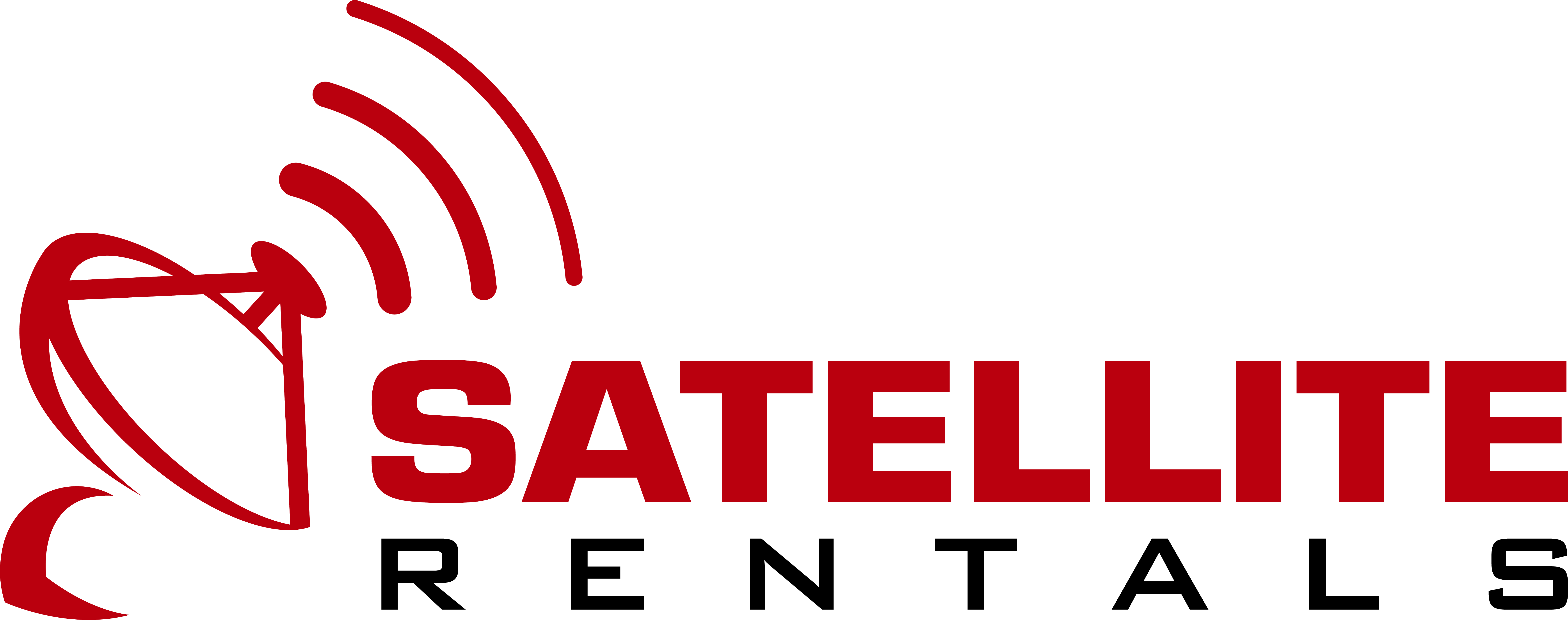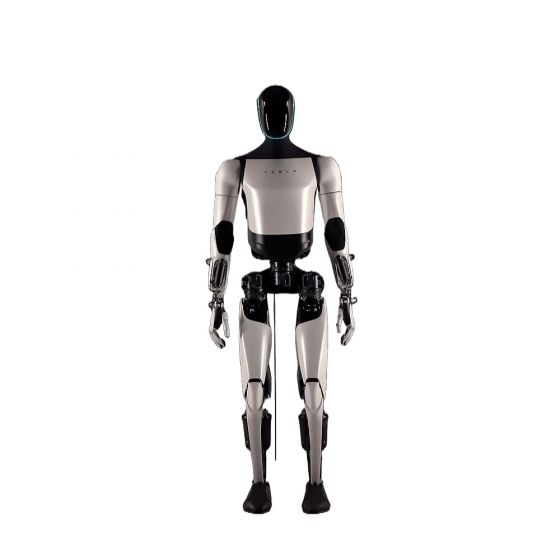Tesla Optimus: Redefining the Future of Work with Humanoid Robotics
Tesla, renowned for its electric vehicles and cutting-edge technology, has entered the burgeoning field of humanoid robotics with its ambitious Optimus project. Unveiled at Tesla AI Day, Optimus aims to develop a general-purpose humanoid robot capable of performing a wide range of tasks, from manufacturing and logistics to household chores and even elder care. This ambitious endeavor has the potential to revolutionize industries, reshape the workforce, and redefine the human-robot relationship.
Engineering Marvel: A Blend of Form and Function
Optimus is designed to be a versatile and adaptable robot, capable of navigating complex environments and performing intricate tasks with precision.
- Human-like Form: The humanoid form is crucial for interacting effectively with the human-built world. Optimus is designed to navigate through human spaces, use human tools, and interact with objects designed for human use.
- Advanced AI: Powered by Tesla's cutting-edge AI technology, Optimus will possess advanced cognitive abilities, including object recognition, scene understanding, and the ability to learn and adapt to new situations. This AI will enable the robot to perform complex tasks autonomously and safely.
- Focus on Practicality: Unlike many research-oriented humanoid robots, Optimus is designed with a strong emphasis on practicality and real-world applications. Tesla aims to develop a robot that is both capable and affordable, making it accessible for widespread adoption in various industries.
Revolutionizing Industries:
The potential applications of Optimus are vast and far-reaching:
- Manufacturing: Automating tasks on assembly lines, improving efficiency, and enhancing safety in manufacturing environments.
- Logistics: Automating warehouse operations, performing order fulfillment, and revolutionizing the logistics industry.
- Healthcare: Assisting healthcare professionals with tasks such as patient care, providing companionship to the elderly, and conducting medical research.
- Home Use: Assisting with household chores, providing companionship, and enhancing the quality of life for individuals.
The Future of Work and Society
The rise of humanoid robots like Optimus raises important questions about the future of work and the impact on society.
- Job Displacement: The automation of tasks currently performed by humans could lead to job displacement in certain sectors.
- Economic Impact: The widespread adoption of robots in the workforce could have significant economic implications, requiring a shift in workforce skills and the development of new job roles.
- Ethical Considerations: It is crucial to address ethical concerns related to the development and deployment of humanoid robots, such as safety, privacy, and the potential for misuse.
Conclusion
Tesla Optimus represents a significant milestone in the development of humanoid robotics. While still in its early stages, the potential of this technology is immense. By pushing the boundaries of AI and robotics, Tesla aims to create a future where humans and robots can collaborate effectively, enhancing productivity, improving safety, and creating a better future for all.
| ROBOT TYPE | HUMANOID |
|---|---|
| MODEL | OPTIMUS |

